The Importance of Ventilation for an Indoor Pool
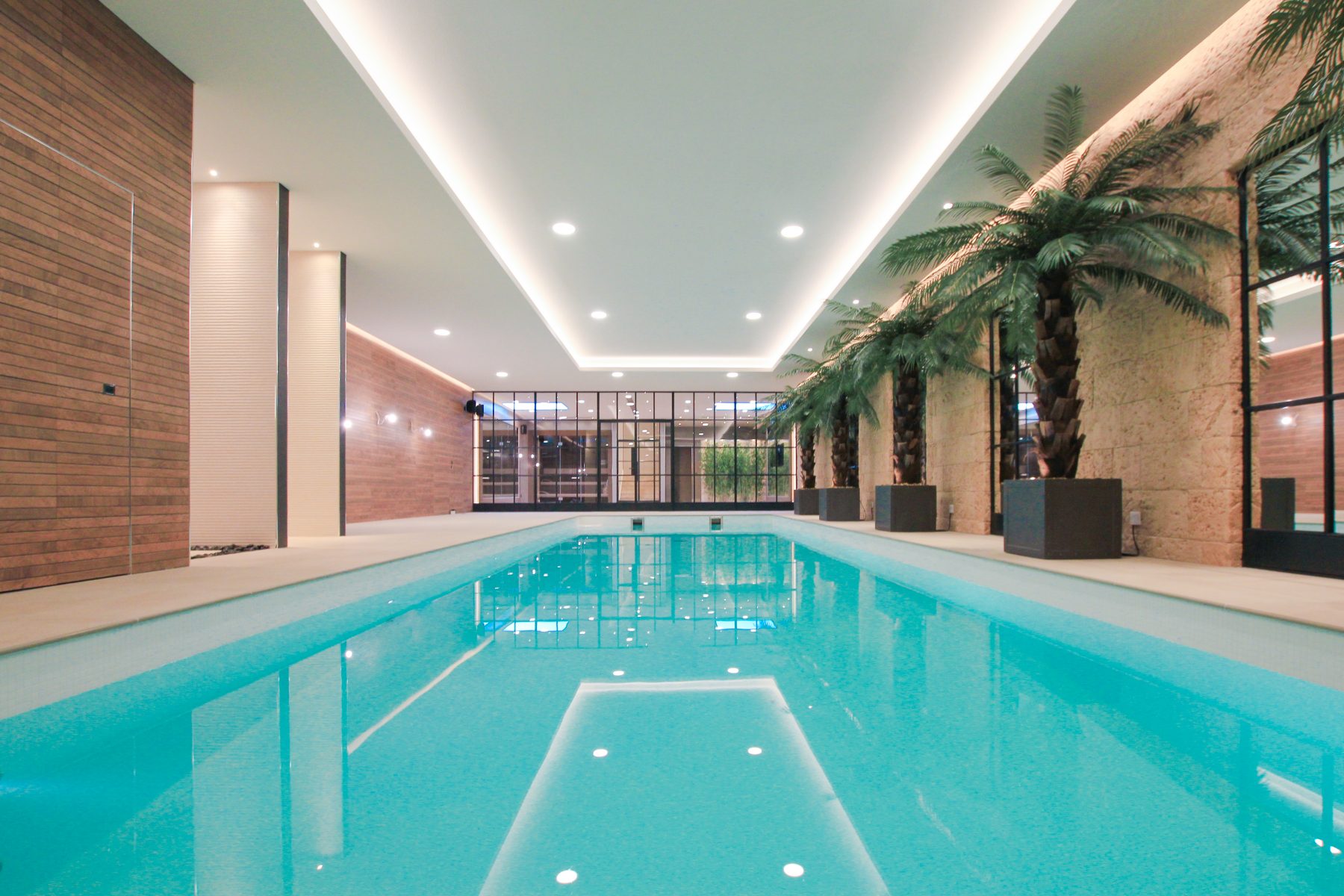
Table of Contents
Indoor pools are popular additions in both domestic and commercial settings, but they need to be designed and installed correctly to avoid complications. One of the main factors you need to consider is the importance of ventilation when creating an indoor pool.
There are a few considerations that determine what sort of ventilation you’ll require. Below we discuss why it is so important and how you can properly ventilate your indoor pool area.
Why is ventilation so important?
In any environment where water is present in large volumes, humidity is inevitable. Water vapour can accumulate and increase the humidity of the pool space.
This itself isn’t necessarily an issue, but pool water is usually filled with chlorine which can evaporate with the water vapour – this can be harmful to breathe in. Therefore, proper ventilation of this air is crucial to ensure that your pool space is safe to be in.
Improper ventilation and prolonged humidity can also lead to dampness which can spawn mould growth in your pool area. This is potentially harmful to inhale and more likely to cause health problems and respiratory complications in areas of high concentration.
Ventilation is also important to help regulate the pool environment. Extracting warm, damp air and drawing in fresh air will go a long way to keeping your pool space at a comfortable temperature.
How do you ventilate an indoor pool?
Ventilation is the process of extracting damp air to the outside to allow fresh air to circulate in your pool space, so you need the right appliances and equipment to do just that.
The size of your pool space will determine what sort of ventilation system you require. For example, small indoor pools or plunge baths may only need a typical extractor fan that you would find in the average bathroom. These sorts of extractor fans can be bought from suppliers like RS and are more affordable but less powerful.
For a larger pool space, you will require a more specialised ventilation system. These span from mid-range systems designed for domestic pools, which can be installed into walls and ceilings, to large commercial ventilation systems which are designed for leisure centres. The size of the pool and surrounding space will influence the level of ventilation system needed to manage the environment.
People often incorporate dehumidifying appliances into domestic indoor pools too. These can help to maintain humidity levels without increasing the cost of building work and installation that comes with more substantial ventilation systems.

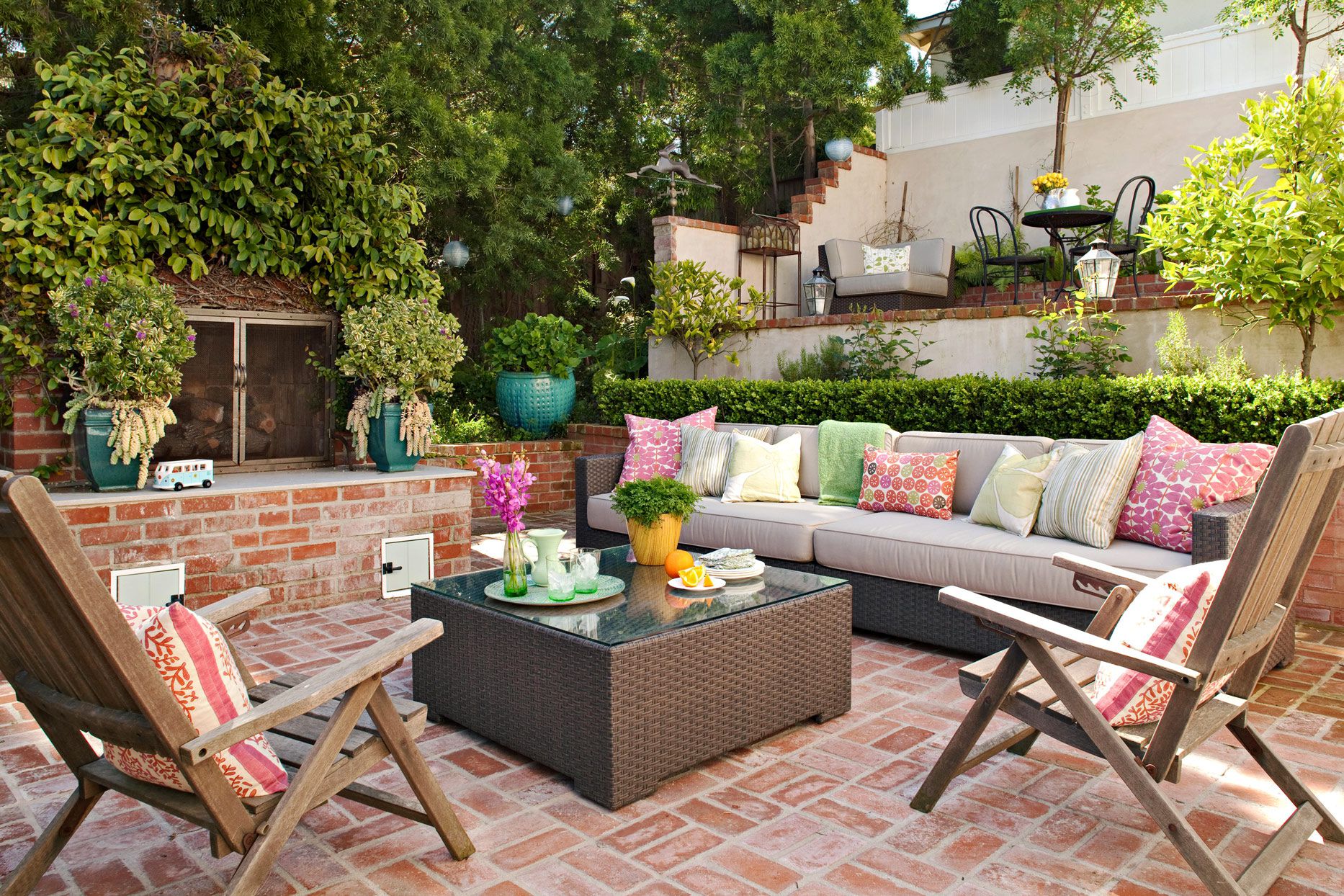
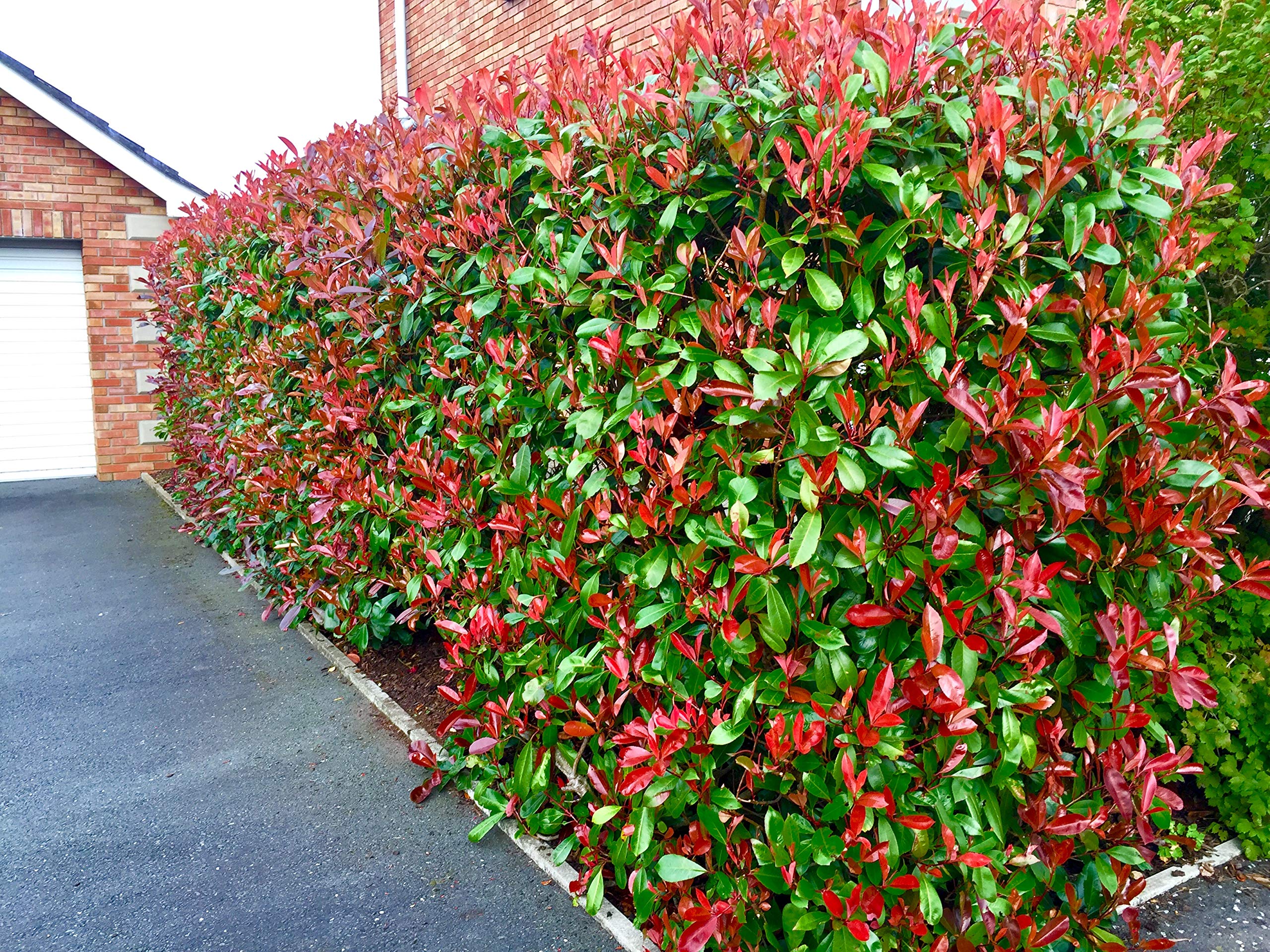
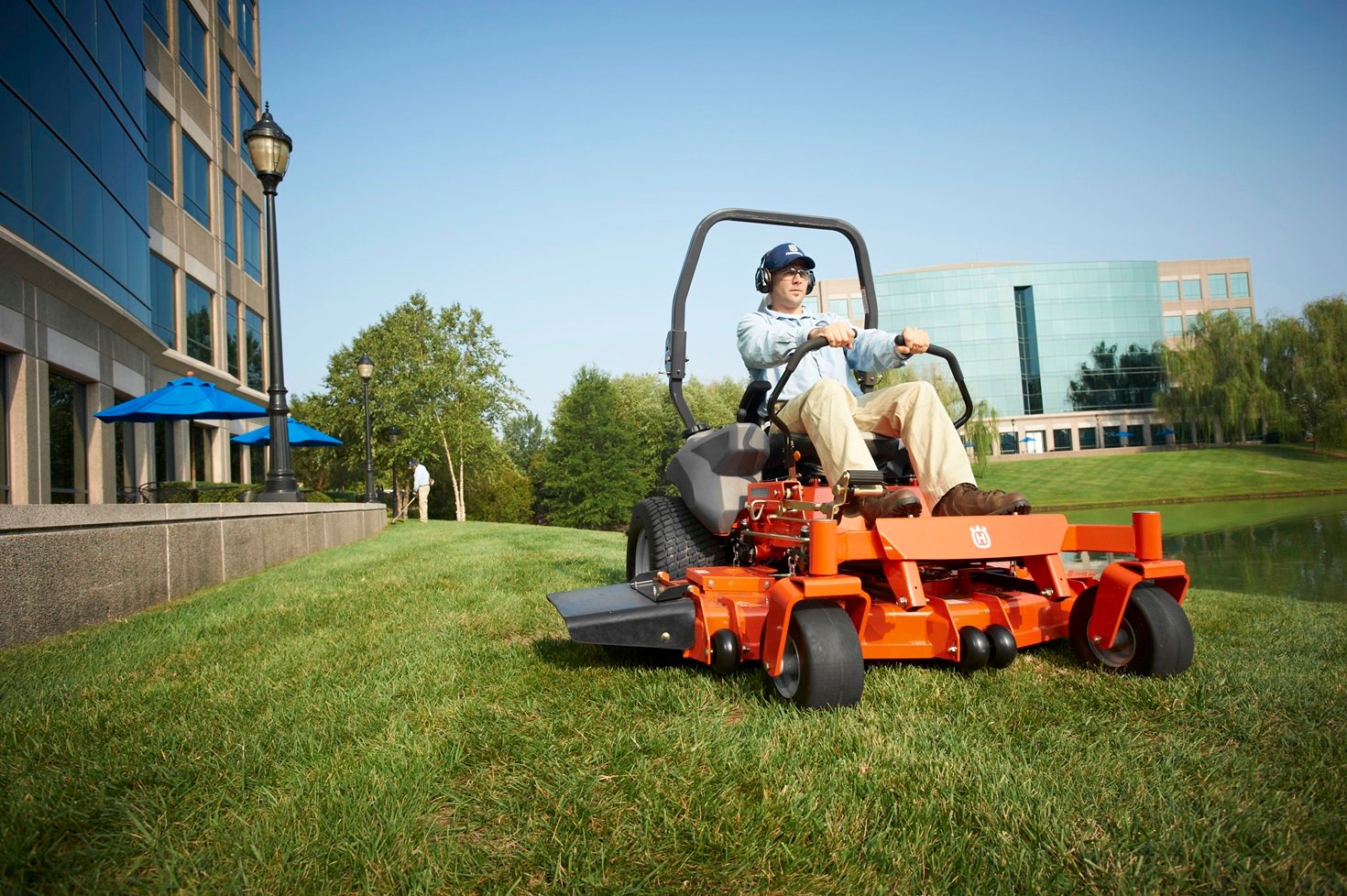

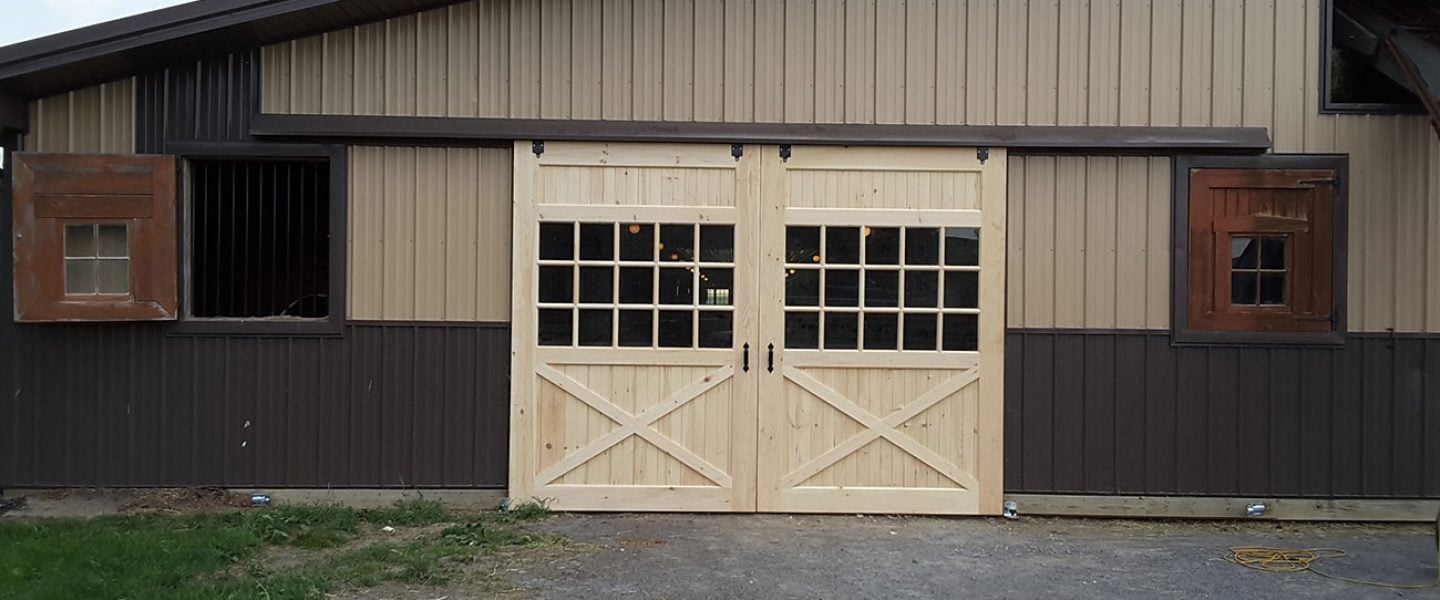

One Comment